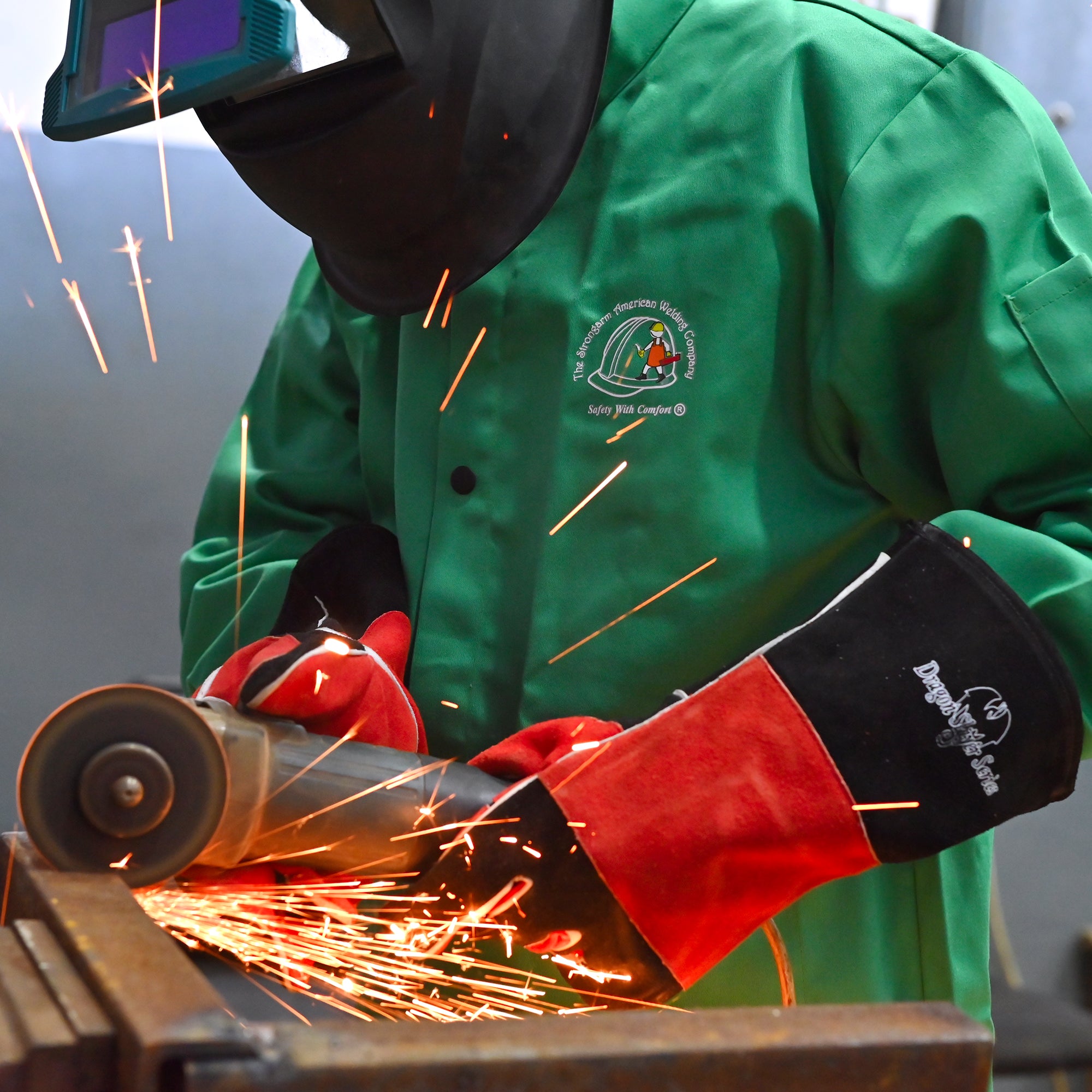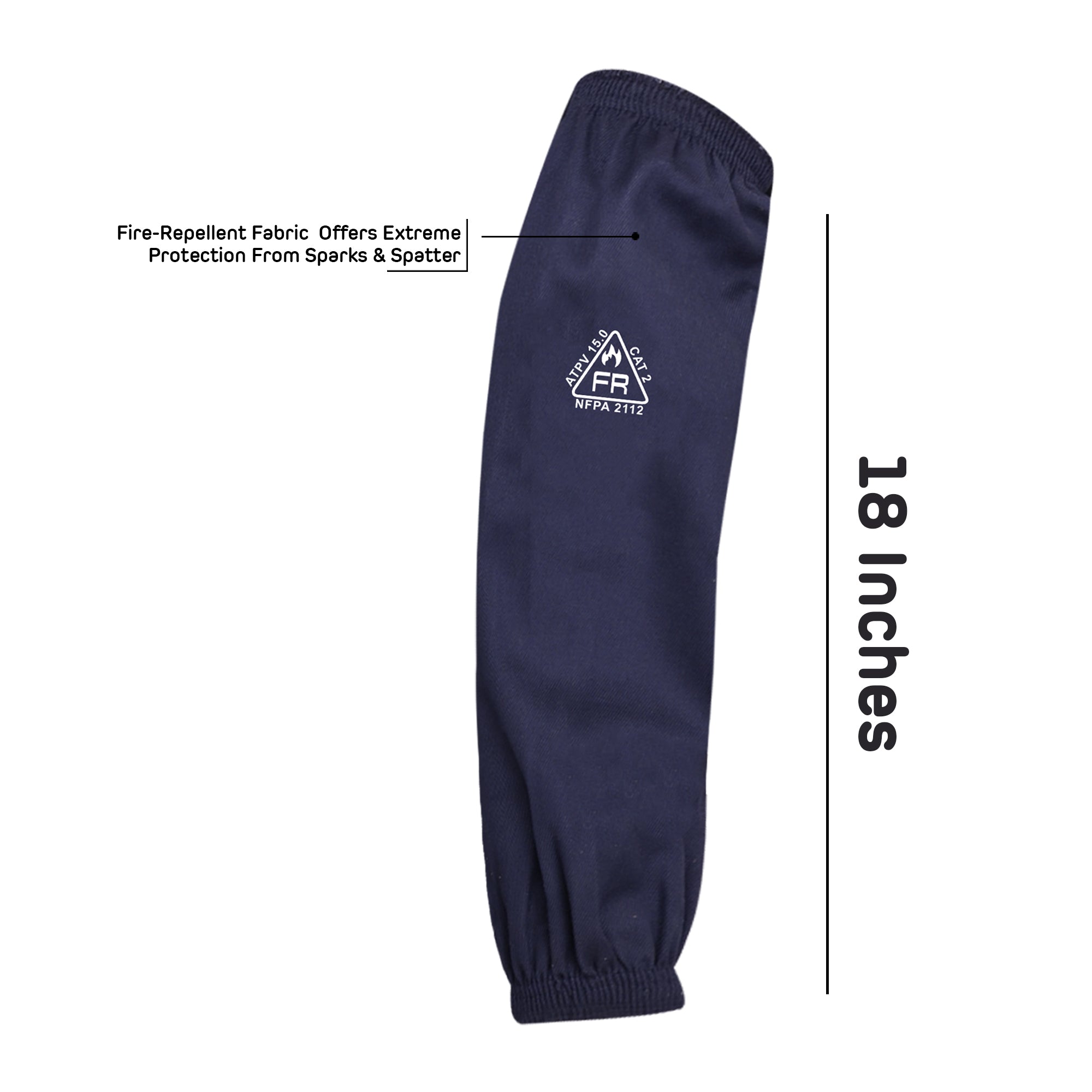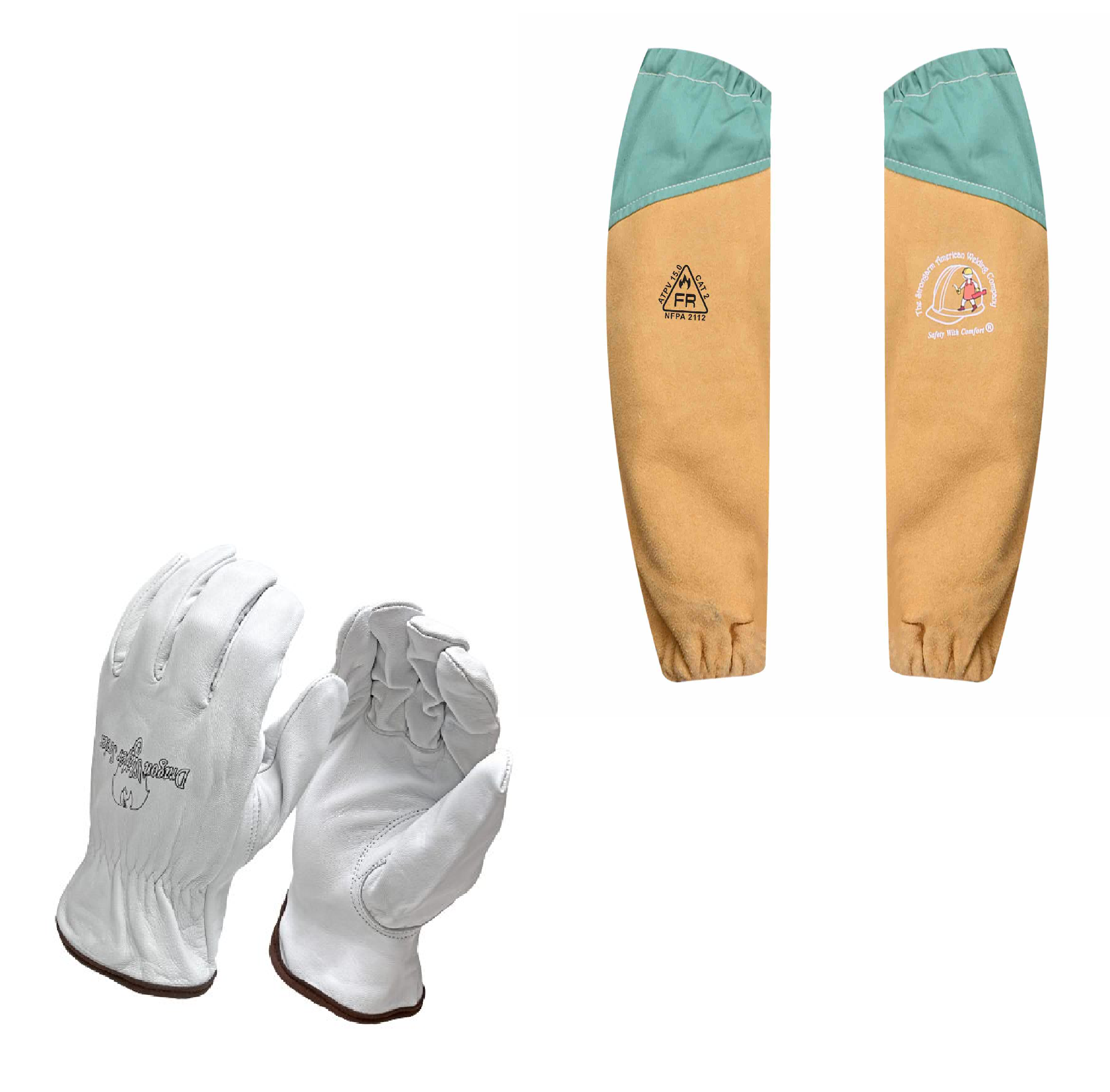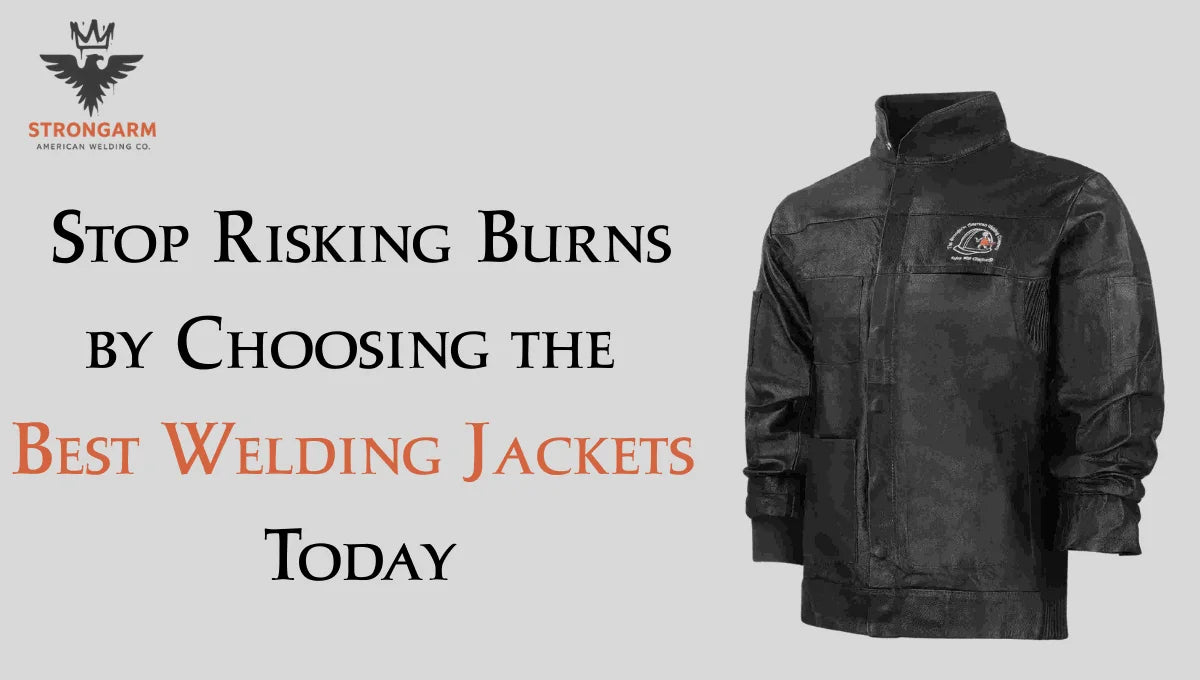Welding sleeves are an essential safety gear for welders, protecting their arms from heat, sparks, and splatters. However, even the best welding sleeves can encounter issues that can impact their effectiveness. Here are some common welding sleeve problems welders may face when wearing welding sleeves and potential fixes to ensure optimal safety and comfort.
Fitment Issues
One of the most common welding sleeve problems is loose-fitting welding sleeves. These sleeves can be uncomfortable and may not provide adequate protection, leaving exposed areas vulnerable to burns and sparks.
Fixes
- Choose the appropriate size of welding sleeves based on the manufacturer's sizing guide to ensure a snug fit.
- Look for sleeves with adjustable straps or fasteners to customize the fit and prevent slippage.
- Consider welding sleeves with elastic cuffs for a secure fit without restricting movement.
Material Degradation
Another common welding sleeve problem that many welders face is burning through their welding sleeves. This issue is often caused by the sleeves' exposure to high temperatures, sparks, and chemicals, resulting in material degradation and reduced effectiveness in shielding against related hazards.
Fixes
- Invest in welding sleeves from heat-resistant leather, Kevlar, or aluminized fabrics.
- Use welding sleeves with added reinforcement in high-wear areas, such as the forearm and cuff.
- Consider using welding sleeves with built-in heat shields or insulation for added protection against heat transfer.
Rips and Tears
Ripped welding sleeves are a common issue for welders. They can tear or rip from sharp edges, abrasive surfaces, or excessive wear and tear, reducing their effectiveness and lifespan
- Select welding sleeves made from durable materials such as heavy-duty canvas or leather for enhanced tear resistance.
- Look for sleeves with reinforced stitching or double-layered construction to withstand wear and tear.
- Inspect sleeves regularly for signs of damage and repair or replace them as needed to prevent further deterioration.
Cleaning and Maintenance
Welding sleeves can become dirty over time, attracting grime and welding residue. This can affect their appearance, comfort, and protective function. Cleaning welding sleeves regularly is important to maintain their effectiveness.
Fixes
- Follow manufacturer recommendations for cleaning and maintenance, including hand washing with mild detergent and air drying.
- Use a gentle brush or sponge to remove stubborn stains or residues, avoiding harsh chemicals that could damage the material.
- Regularly inspect welding sleeves for cleanliness, especially in contaminated environments, and clean them as needed to maintain hygiene.
Heat Build-Up and Sweating
Prolonged exposure to high temperatures can cause welding sleeve discomfort, leading to heat build-up and excessive sweating. Even though welding sleeves are designed to provide heat resistance, it's still important to take breaks and stay hydrated to prevent discomfort and distraction for the welder.
Fixes
- Choose welding sleeves made from breathable materials that allow air circulation to prevent heat build-up and sweating.
- Opt for welding sleeves with moisture-wicking properties to keep sweat away from the skin and maintain comfort.
Melted Welding Sleeves
The welding sleeve problem arises when synthetic materials such as nylon or polyester are used to make welding sleeves. These materials can easily melt when exposed to high temperatures, which can compromise their protective properties and pose a risk to the welder's safety.
Fixes
- Use welding sleeves made from heat-resistant materials such as leather, Kevlar, or aluminized fabrics.
- Avoid direct contact with hot surfaces or molten metal to prevent melting or deformation of welding sleeves.
- Consider using welding sleeves with flame-retardant coatings or treatments for added heat resistance.
Replacing Welding Sleeves
Welding sleeves have a limited lifespan and may need to be replaced when worn out or damaged.
Fixes
- Regularly inspect welding sleeves for signs of damage or deterioration, such as fraying or holes.
- Properly replace welding sleeves when they no longer provide sufficient protection or comfort, even if there are no visible signs of damage.
- Invest in high-quality welding sleeves made from durable materials for longer-lasting performance and reliability.
Limited Durability
Choosing the best material for welding sleeves can be challenging due to the diverse options available, each with unique properties and benefits. Here are some of the alternative suited for specified scenarios:
- Leather provides excellent heat resistance, durability, and protection against sparks and abrasions. It is ideal for heavy-duty welding applications.
- Kevlar offers high heat resistance, strength, and flexibility. It is suitable for welding tasks that require dexterity and maneuverability.
- Aluminized Fabrics reflect heat and radiant energy away from the body, providing superior heat protection. They are ideal for proximity welding or high-temperature environments.
Welding Sleeve Alternatives
Some welders may prefer alternative options to traditional welding sleeves due to personal preference or specific job requirements.
Fixes
- Welding Jackets provide full-body coverage and protection against sparks, heat, and UV radiation. Ideal for overhead welding or extended periods of welding.
- Welding Aprons protect the torso and upper legs while allowing greater mobility and ventilation than full-length jackets.
- Arm Guards provide targeted protection for the forearm and elbow without covering the entire arm. They are ideal for tasks that require precision and flexibility.
Restricted Mobility
Another welding sleeve problem when wearing welding sleeves is restricted mobility, which can impede the welder's ability to perform precise movements and maneuvers, compromising safety and productivity.
- Choose lightweight materials welding sleeves made from lightweight and flexible materials that allow for a full range of motion.
- When selecting welding sleeves, consider those with joints that allow flexibility and mobility. Look for ergonomic seams that enhance movement.
- Consider using sleeveless welding jackets or aprons for unrestricted mobility for tasks requiring extensive arm movement or overhead welding.
Conclusion
Welding sleeves are necessary protective gear for welders, but they can have a few issues that affect their effectiveness and comfort. Welders must understand common welding sleeve problems and apply practical solutions to ensure their welding sleeves offer reliable protection while being comfortable and long-lasting in different welding environments. Remember to prioritize safety and invest in high-quality gear to protect against hazards and risks in the welding industry.
Strongarm is the leading welding manufacturer and provider in America. We have a team of trusted professional welders offering a wide range of welding aprons and gears to suit your needs. Contact us today for all your weldings essentials.

